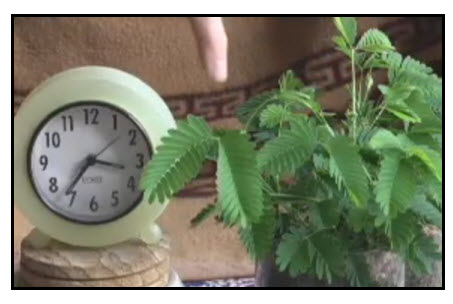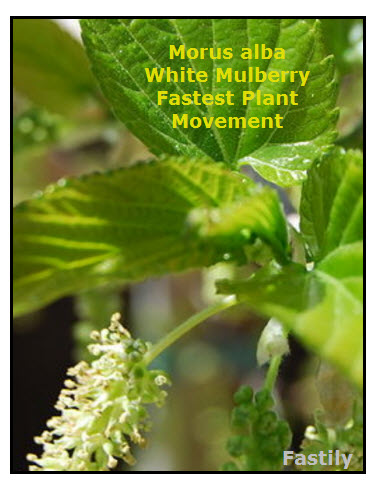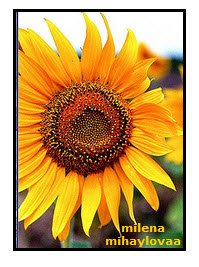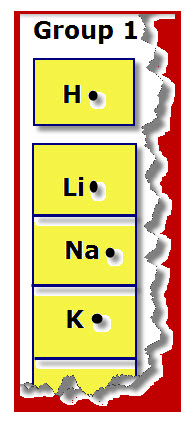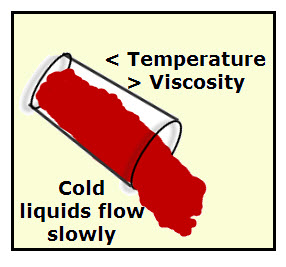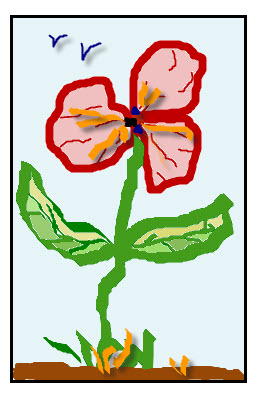Thanksgiving is a US holiday originating from the Pilgrims’ giving thanks to God for supplying the resources they needed to survive the long winter in the new world. Among other customs, the pilgrims brought the tradition of the breaking of the wishbone. The basic rules for this event have not changed. Two people, each holding […]
Archives for 2010
Fast Plant Movement
The leaves of the Mimosa plant in the video close when touched. Even wind triggers leaf closing. This fast plant movement is not a growth movement, instead it is due to changes in cell turgor pressure. Turgor pressure in plant cells is due to the amount of water inside water storage areas called vacuoles. The […]
The Fastest Moving Plant
To date, the fastest moving plant is the White Mulberry (Morus alba). The flower of this mulberry tree shoots pollen at speeds around 200 meters per second. The flower is able to shoot pollen so quickly because its stamens work like medieval catapults. How a Catapult Works A catapult is known as a trebuchet, which […]
Why Liquids are Slippery
Solids The particles that make up a solid are very ordered, and the forces between the particles are strong, holding the particles in a rigid form. A solid cannot flow (freely move). Gases Gas particles have no regularity in their arrangement. Gases have no restrictions on their movement, and are widely separated. The forces between […]
Why Sunflowers Follow the Sun!
Sun-tracking or heliotropic flowers face the Sun as it moves across the sky each day. Sunflowers are heliotropic. How do these flowers turn so they face the Sun during the day? Discover for Yourself! Do the stems of twist so that the flowers continue to face the Sun? You can check this out for yourself. […]
Benefits of Solar Tracking Flowers
Solar-tracking, or heliotropic, flowers are common where the air is often cool and the growing season is short. The snow buttercup, arctic poppy and other bowl-shaped heliotropic flowers collect energy from sunlight and heat up. The temperature inside the bowl of these flowers can become as much as fourteen degrees Fahrenheit warmer than the air […]
Periodic Table Groups
The Periodic Table of Elements is arranged so that elements in groups have similar properties. The valence electrons for Groups 1, 2, 13, 14, 15, 16, 17, and 18 are easily to determine. Groups 1 and 2 The valence electrons for Groups 1 and Group 2 are equal to the group number.In other words, Valence […]
Calendar:Periodic Table of Days
Things that repeat according to a pattern are said to be periodic. On a calendar, days are in numerical order in columns (up and down). Each Column (vertical group) is for the same day of the week. Every seventh day falls on the same day. Thus, the dates for the same day of the week […]
Viscosity
LIQUIDS FLOW Because liquid particles can move past each other, they can flow. This is very important when transporting liquids from one place to another through pipes or water ways. VISCOSITY is a measure of the resistance of a liquid to flowing. The viscosity of a liquid increases as the temperature of a liquid decreases. […]
Chlelate: Chlorophyll
Chlorophyll is an organic molecule. The basic organic molecule is composed of carbon and hydrogen. More complex organic compounds contain carbon, hydrogen, and other elements such as oxygen and nitrogen. A chelate is an organic compound with a central metal ion. Chlorophyll is one of the most important chelates in nature. In the diagram, the […]
- « Previous Page
- 1
- …
- 4
- 5
- 6
- 7
- 8
- …
- 54
- Next Page »

